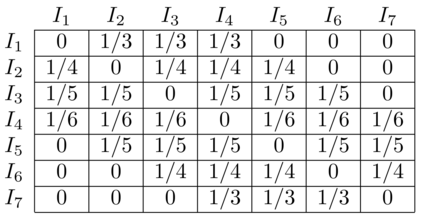The chronological order of user-item interactions can reveal time-evolving and sequential user behaviors in many recommender systems. The items that users will interact with may depend on the items accessed in the past. However, the substantial increase of users and items makes sequential recommender systems still face non-trivial challenges: (1) the hardness of modeling the short-term user interests; (2) the difficulty of capturing the long-term user interests; (3) the effective modeling of item co-occurrence patterns. To tackle these challenges, we propose a memory augmented graph neural network (MA-GNN) to capture both the long- and short-term user interests. Specifically, we apply a graph neural network to model the item contextual information within a short-term period and utilize a shared memory network to capture the long-range dependencies between items. In addition to the modeling of user interests, we employ a bilinear function to capture the co-occurrence patterns of related items. We extensively evaluate our model on five real-world datasets, comparing with several state-of-the-art methods and using a variety of performance metrics. The experimental results demonstrate the effectiveness of our model for the task of Top-K sequential recommendation.
翻译:用户-项目互动的时间顺序可以揭示许多建议系统的时间变化和相继用户行为。用户将与之互动的项目可能取决于过去获得的项目。但是,用户和项目的大量增加使得相继建议系统仍面临非三重挑战:(1) 模拟短期用户兴趣的难度;(2) 捕捉长期用户兴趣的困难;(3) 有效模拟项目共同发生模式。为了应对这些挑战,我们提议建立一个记忆增强图形神经网络(MA-GNNN),以捕捉长期和短期用户利益。具体地说,我们应用一个图形神经网络在短期内模拟项目背景信息,并利用一个共享记忆网络来捕捉项目之间的长期依赖性。除了模拟用户兴趣外,我们还使用双线功能来捕捉相关项目的共发模式。我们广泛评价了五种真实世界数据集的模型,与若干最新方法进行比较,并使用各种性能测度标准。实验结果展示了我们系列模型的实效。





























